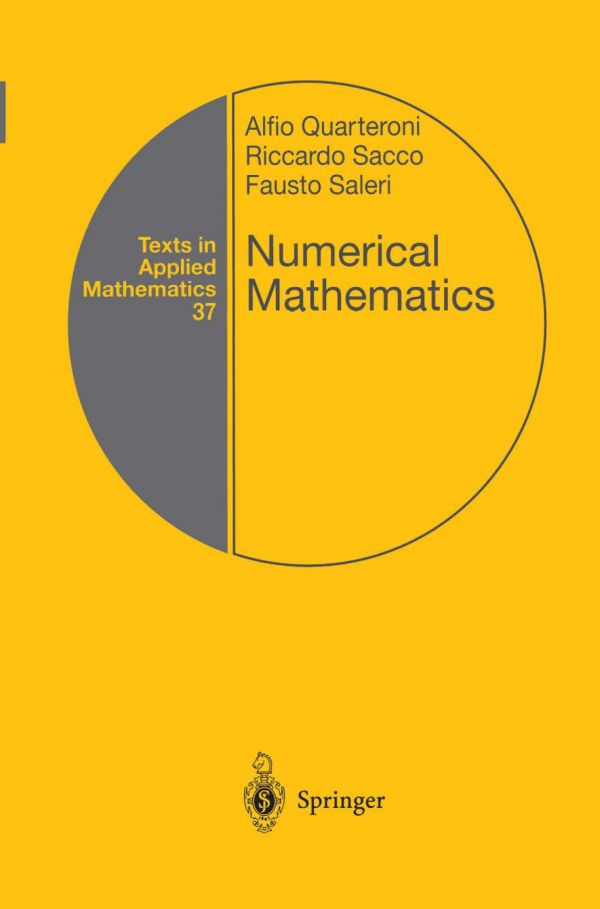

Most ebook files are in PDF format, so you can easily read them using various software such as Foxit Reader or directly on the Google Chrome browser.
Some ebook files are released by publishers in other formats such as .awz, .mobi, .epub, .fb2, etc. You may need to install specific software to read these formats on mobile/PC, such as Calibre.
Please read the tutorial at this link: https://ebookbell.com/faq
We offer FREE conversion to the popular formats you request; however, this may take some time. Therefore, right after payment, please email us, and we will try to provide the service as quickly as possible.
For some exceptional file formats or broken links (if any), please refrain from opening any disputes. Instead, email us first, and we will try to assist within a maximum of 6 hours.
EbookBell Team

5.0
70 reviewsNumerical mathematics is the branch of mathematics that proposes, develops, analyzes and applies methods from scientific computing to several fields including analysis, linear algebra, geometry, approximation theory, functional equations, optimization and differential equations. Other disciplines, such as physics, the natural and biological sciences, engineering, and economics and the financial sciences frequently give rise to problems that need scientific computing for their solutions.
As such, numerical mathematics is the crossroad of several disciplines of great relevance in modern applied sciences, and can become a crucial tool for their qualitative and quantitative analysis.
One of the purposes of this book is to provide the mathematical foundations of numerical methods, to analyze their basic theoretical properties (stability, accuracy, computational complexity) and demonstrate their performances on examples and counterexamples which outline their pros and cons. This is done using the MATLAB software environment which is user-friendly and widely adopted. Within any specific class of problems, the most appropriate scientific computing algorithms are reviewed, their theoretical analyses are carried out and the expected results are verified on a MATLAB computer implementation. Every chapter is supplied with examples, exercises and applications of the discussed theory to the solution of real-life problems.
This book is addressed to senior undergraduate and graduate students with particular focus on degree courses in Engineering, Mathematics, Physics and Computer Sciences. The attention which is paid to the applications and the related development of software makes it valuable also for researchers and users of scientific computing in a large variety of professional fields.